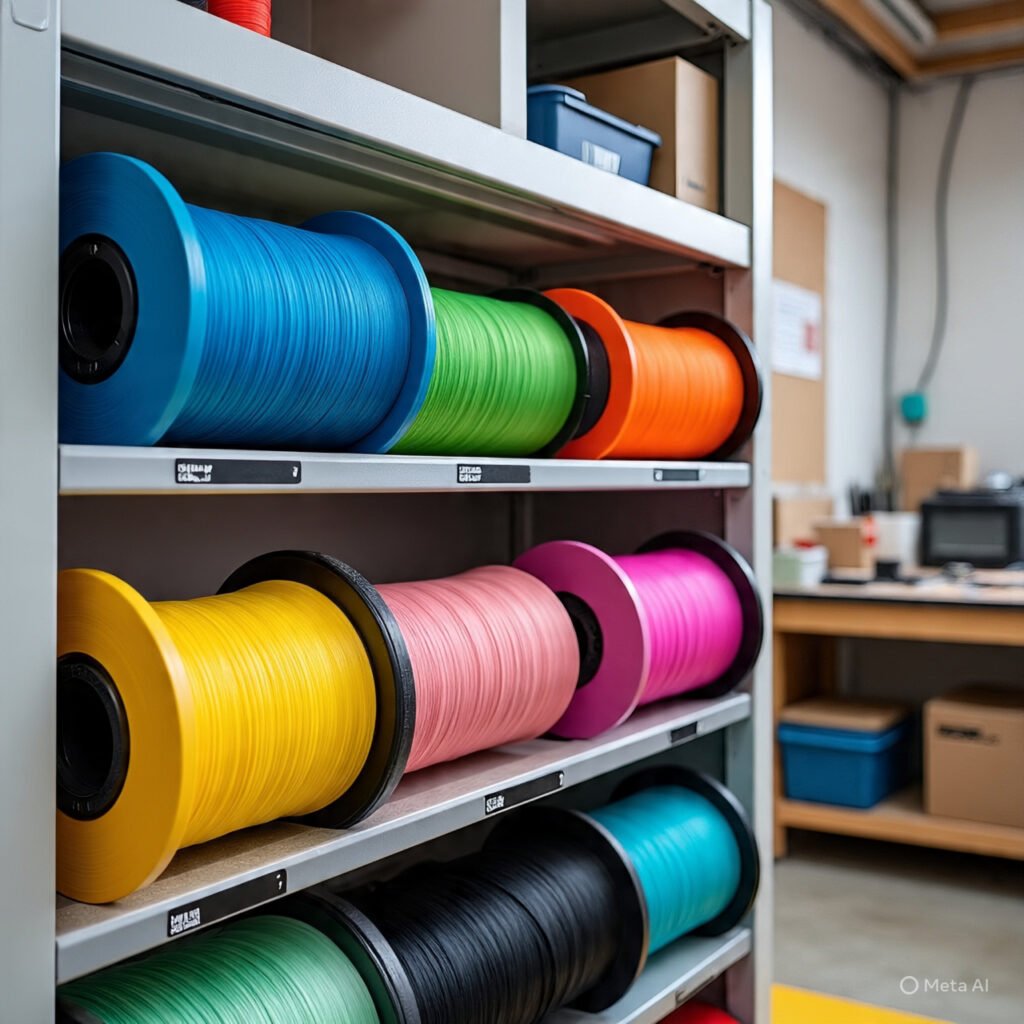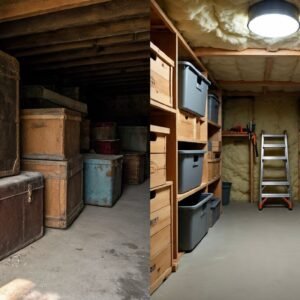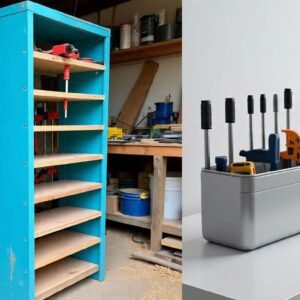Filament Storage Ideas – Keep Your 3D Prints Smooth & Tangle-Free
If you own a 3D printer, you already know how essential it is to keep your filament dry, tangle-free, and dust-free. Improper filament storage can lead to failed prints, moisture damage, and even clogging in the extruder. Whether you’re a casual hobbyist or a seasoned maker, storing filament the right way ensures longer shelf life and better printing results. In this article, we’ll explore smart, affordable, and effective filament storage ideas to keep your materials in top shape.
1. Airtight Storage Boxes
The most popular way to store filament is by using airtight plastic storage boxes. These containers are inexpensive, easy to find, and can fit multiple spools. Look for boxes with a reliable sealing lid, such as those made by brands like IRIS or Sterilite. Simply place your filament inside along with a few packs of silica gel to absorb moisture.
To level up your setup, you can drill holes into the sides and insert PTFE tubing to feed filament directly to your printer without taking the spool out—great for keeping it sealed while in use.
2. Vacuum Sealed Bags
Vacuum storage bags are another great option, especially for long-term filament storage. These bags help eliminate air and humidity, which can otherwise cause PLA, PETG, or nylon to absorb moisture. Most bags come with a hand pump, and some even have built-in humidity indicators. They’re compact, reusable, and perfect for small spaces.

3. DIY Dry Boxes
If you’re handy, build a DIY filament dry box using food storage containers, rubber gaskets, and some basic hardware. Add a hygrometer to track humidity levels and throw in desiccant packs or a small dehumidifier. Some makers even install spool holders and filament guides inside the box so you can print directly from it.
4. Original Packaging
Don’t throw away the original packaging when you buy filament. Many filaments come in resealable Mylar bags with desiccant included. After each use, reseal the bag tightly. This is an easy and budget-friendly method if you don’t want to invest in additional storage solutions.
5. Use a Mini Dehumidifier
If you live in a humid area, consider using a mini electric dehumidifier inside your storage cabinet or box. It keeps moisture levels consistently low and helps protect sensitive materials like TPU or nylon, which are highly hygroscopic (absorb water quickly).
6. Wall-Mounted Racks (With a Twist)
While wall-mounted racks help organize spools, they don’t protect against moisture. To make them effective, mount them inside a large clear cabinet or enclosure with humidity control. That way, you get easy access and protection at the same time.
____ Conclusion____
Proper filament storage is crucial for consistent and high-quality 3D printing. Moisture and dust are your biggest enemies, but with a little creativity and investment, you can keep your spools fresh and ready for action. Whether it’s airtight bins, vacuum bags, or a full DIY dry box, choose a solution that fits your budget and space. A small effort today can save you from failed prints tomorrow.
For more detail on this topic you can visit zxfeed.com





